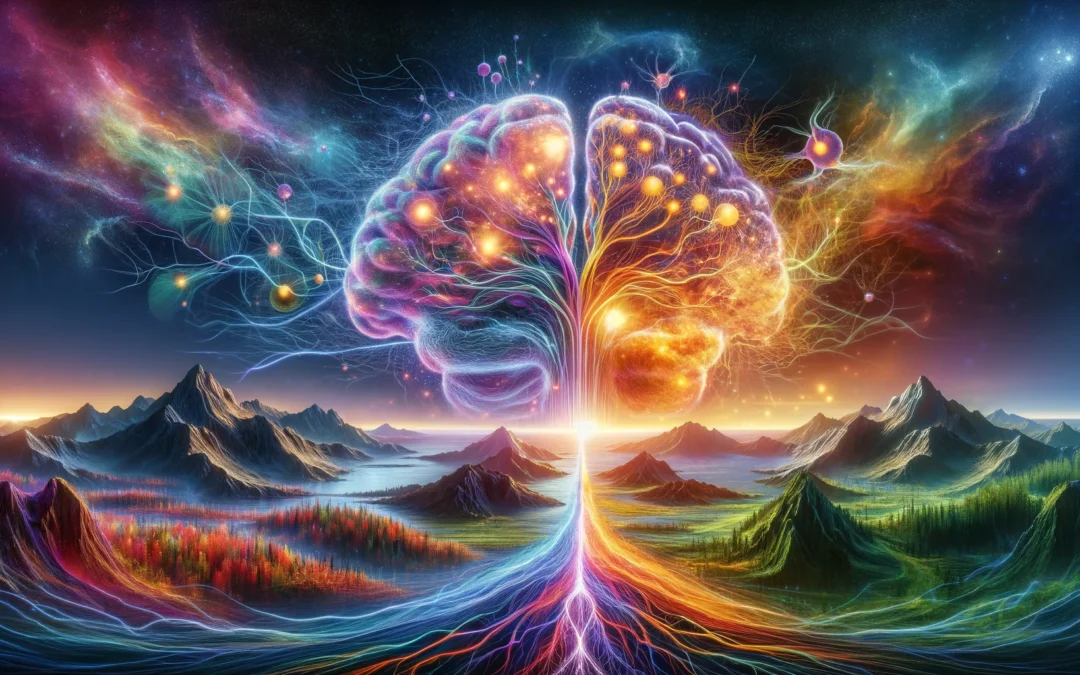In the realms of science where the mind meets the measurable, psychophysics stands as a guiding light, illuminating the intricate pathways that bridge our internal experiences with the external world. It’s a journey where the subjective perception of reality and the objective analysis of stimuli converge, offering a unique perspective on how we, as sentient beings, interact with our environment.
Psychophysics, at its core, is the study of the relationship between physical stimuli and the sensations and perceptions they evoke. This field, a cornerstone of both psychology and neuroscience, ventures into the territories where science meets philosophy, grappling with questions that have intrigued thinkers since the days of Aristotle and Plato.
The Origin and Evolution of Psychophysics
The story of psychophysics begins in the 19th century with the work of German scientist Gustav Fechner. Fechner, often hailed as the father of psychophysics, was fascinated by the idea of quantifying the mind’s perceptions. His magnum opus, ‘Elemente der Psychophysik’ (Elements of Psychophysics), published in 1860, laid the foundation for this field. Fechner introduced key concepts like the ‘just noticeable difference’ (JND), which is the smallest change in a stimulus that can be detected.
The Methods and Principles of Psychophysics
Psychophysics employs various methods to measure the relationship between stimuli and perception. These include:
- Threshold Measurement: This involves determining the point at which a stimulus becomes perceivable (absolute threshold) or the point at which a change in a stimulus becomes noticeable (difference threshold).
- Scaling: This method measures the magnitude of subjective responses to stimuli, often requiring individuals to rate their experiences on a scale.
- Signal Detection Theory: This approach examines how decisions are made under conditions of uncertainty, focusing on the detection of faint or ambiguous stimuli.
Applications and Implications
The applications of psychophysics are diverse and far-reaching. It plays a crucial role in fields like audiology, where it helps in understanding hearing loss and designing hearing aids. In the realm of virtual reality, psychophysics guides the creation of more immersive and realistic experiences. Moreover, it has significant implications in ergonomics, improving product design by aligning it more closely with human perception and capabilities.
Challenges and Ethical Considerations
Despite its profound insights, psychophysics faces challenges. The subjective nature of perception means that individual differences can lead to variability in results. Additionally, the field must navigate the ethical considerations associated with experiments that delve into human perception, ensuring that research is conducted responsibly and with due respect for participants’ well-being.
The Future of Psychophysics
As we stride into the future, psychophysics promises to be a key player in unraveling the mysteries of human perception. With advancements in technology, such as brain imaging and machine learning, our understanding of the interplay between physical stimuli and perceptual experiences is poised for groundbreaking advancements. This could lead to innovations in artificial intelligence, where machines not only perceive the world around them but also understand and interpret it in ways akin to the human mind.
In conclusion, psychophysics stands as a testament to the human quest for understanding. It reminds us that our perceptions, as personal and subjective as they are, can be measured and understood, offering a unique window into the human experience. As we continue to explore this fascinating field, we not only gain insight into how we perceive the world but also how we can shape our environment to enhance our experiences within it.
What are your thoughts on the image accompanying this article? Does it resonate with the essence of psychophysics and its exploration of the mind-matter interface? Your feedback is invaluable in enhancing our journey through the realms of science and perception.










